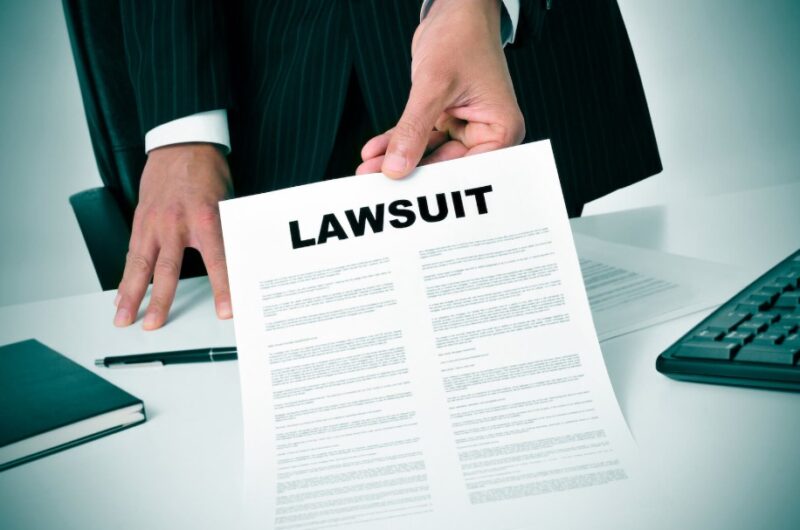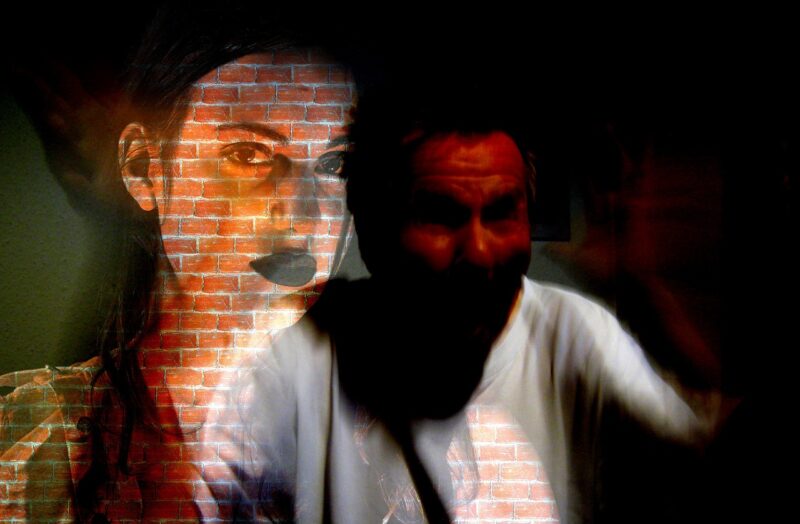Once upon a time, abuse cases constituted the fringe of judicial caseloads. Besides, most reported occurrences involved parties with genuine emotional or ideological differences. Sadly, those days are way behind us.
So rampant are abuse incidences that they threaten to choke our legal systems. It’s almost as if society has been dehumanized, and acts that were once taboo are now regarded as common practice.
Statistics by the United Nations indicate that an estimated 85,000 cases of femicide were recorded in 2023. Out of this number, up to 51,000 women were murdered by their husbands, romantic partners, or close family members.
But contrary to popular misconception, women aren’t always on the receiving end of sexual or domestic violence. Men are equally affected.
This post shall seek to demystify other common myths about legal cases involving abuse.
1. Abuse Cases Are Best Handled By Therapists
Following an abuse, most victims would prefer consulting therapists to seeking legal assistance. This decision is often motivated by the notion that therapists are best equipped to handle the emotional trauma resulting from physical or sexual violence.
But while consulting a licensed therapist is highly recommended for abuse victims, you need an abuse lawyer to navigate the legal aftermath.
The significance of enlisting legal assistance is exemplified in the ongoing Larry Brock sex abuse lawsuit, in which multiple petitioners accuse the long-term OB/GYN of sexual and professional misconduct. While the matter is still sub judice, mounting accusations from former patients underscore the need for early legal intervention in dealing with abuse cases.

2. All Forms of Abuse Are Physical
Physical abuse, defined as the deliberate infliction of physical harm, is the most common but not the form of abuse. Others include;
- Sexual abuse – Incidents of sexual coercion and sexual violence
- Domestic abuse – Abuse involving family members, current spouses, or estranged partners
- Child abuse – Acts of physical violence, emotional torture, or neglect meted out on children
- Emotional/psychological abuse – Threats to harm, blackmail, humiliate, or abandon the victim
- Financial abuse – Fraud or theft of money by direct intimidation, email, phone, or the internet
- Discriminatory abuse – Abuse meted out on the grounds of age, gender, sexual orientation, nationality, race, culture, religion, or disability
- Neglect – Acts of omission that leave someone financially, emotionally, or medically disadvantaged
- Self-neglect – Acts of neglect directed at oneself.
- Institutional/organizational abuse – Mistreatment of an individual due to inadequate support services, common in care settings
- Female Genital Mutilation (FGM) – Forceful removal of a part or the whole of the external female genitalia
- Modern slavery – All acts of abuse involving human trafficking, usually for servitude or organ harvesting
3. Only Women Get Abused
It’s undeniably true that most abuse victims are women and girls. However, violence knows no gender.
According to the Centers for Disease Control and Prevention (CDC), about one in every four men in the United States will experience some form of sexual violence in their lifetime. It’s logical to infer that an even bigger percentage will face physical abuse.
The notion that men rarely get abused stems from the fact that many male abuse victims shy away from seeking professional assistance due to shame and embarrassment.
4. Hate and Mate Crimes Don’t Constitute Abuse
Hate crime, which denotes acts of violence or hostility aimed at victims based on their perceived identity, meets the minimum threshold for abuse.
So, it doesn’t matter how strongly you feel about the Jews and Palestinians. Lashing out at someone based on their identity in either group may earn you a considerable jail term.
Meanwhile, mate crime occurs when a perpetrator befriends a victim (usually a vulnerable person) with the intent of harming or defrauding them. It’s another commonly overlooked type of abuse.

5. All Domestic Violence Is a Misdemeanor
This is one of the most dangerous misconceptions about legal cases involving abuse. Unknown to many, any form of abuse can be classified as a misdemeanor or felony, depending on the extent of injury.
You might walk away with a fine or short jail term if you simply shoved your revolting teen onto the couch in the heat of an altercation and no injury occurred.
But if the child sustained grievous bodily harm, then your crimes will constitute felony charges with more severe penalties.
6. Sexually Assaulting Your Partner Isn’t Abuse
The 1978 court case pitting Oregon and John Rideout brought into sharp focus the sad predicament of spouse abuse victims. While a jury trial eventually acquitted Rideout, the case inspired most states to criminalize marital rape by the early-1990s.
Spousal violence, known as intimate partner violence (IPV), is now one of the most commonly prosecuted forms of abuse.
However, many experts posit there could be legal ambiguities in Article 200.373 with regard to interpreting IPV. According to the clause, victims cannot press charges if no force or threat is applied.

Summary
As long as humans exist, evil will persist. Human cruelty can take on diverse shapes and forms, including physical, sexual, emotional, or child abuse.
The thing with abuse is that anyone can be a victim regardless of their background or social status. Therefore, it’s important to understand your options when you find yourself at the mercy of a diabolical oppressor.
Ideally, your first instinct should be to enlist the assistance of a professional abuse lawyer. But before that, you’ll do well to familiarize yourself with the common myths and misconceptions, as these can severely impact your odds of winning an abuse case.
Related Posts:
- Importance of Legal Representation in Injury Cases
- The Truth About Trade Schools: Busting Myths and…
- Can You Beat the System? Debunking Myths About Slot Machines
- 6 Machine Learning Use Cases to Watch in 2023
- 5 Exciting 5G Use Cases and Their Future Network Impact
- Legal Loopholes in Disability Claims: Closing the…








